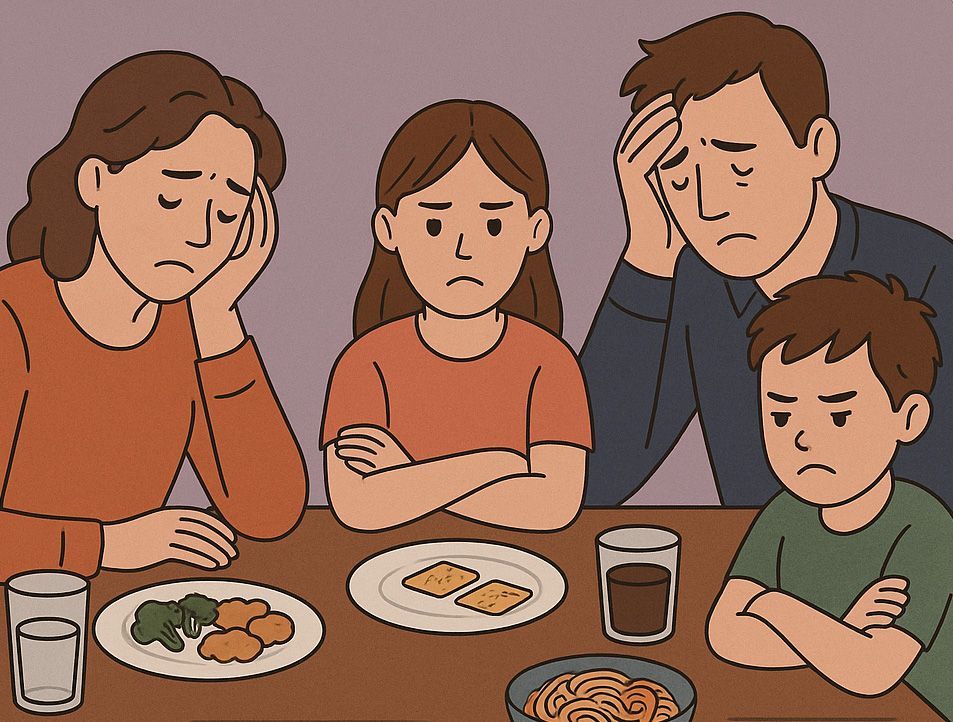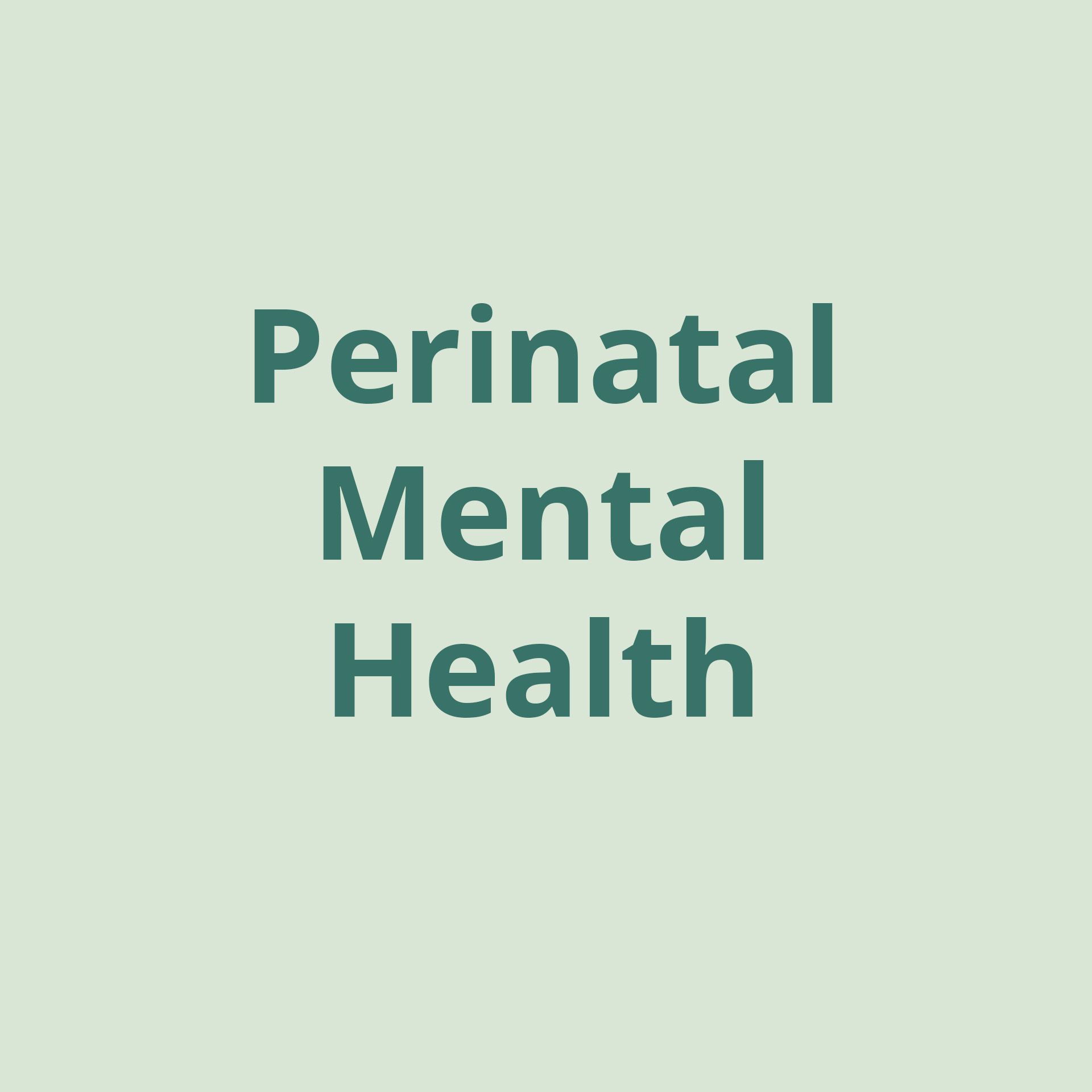How to Talk About Mental Health With Your Teen (Without Making Them Shut Down)

6 Ways to Help Your Teen Open Up About Mental Health
Many parents know it’s important to talk about mental health with their teens, but knowing how to go about it can feel tricky. Adolescents are juggling a lot: big emotions, social pressures, academic stress, and more. Sometimes, the more you try to talk with them about these challenges, the more they pull away.
Parents often share the same frustration: “Every time I try to talk about mental health, my teen shuts me out.”
But the truth is, your goal as a parent shouldn't be to force them to open up. Instead, your job is to create a safe, supportive environment where your teen wants to share. That shift in perspective can reduce the pressure on conversations and help you build genuine trust with your teen.
To help, here are six therapist-backed strategies you can start using right away:
1. Keep it casual
Teens are more likely to open up during the everyday moments like driving, walking, or cooking rather than during a formal, sit-down “talk” that can induce anxiety and put pressure on the conversation.
Try this:
“I really enjoy these little moments we get to spend together. How are things going for you lately?”
2. Lead with what you notice
When you’ve picked up on a change in your teen’s mood, health, or behavior, bring it up gently and without judgment. Stick to objective observations instead of accusations. This helps your teen feel seen instead of attacked.
Try this:
“I’ve noticed you’ve seemed more tired than usual. What’s that been like for you?”
3. Normalize the conversation
Help your teen understand that mental health is a normal, important part of overall well-being. Framing it this way reduces stigma and makes it easier for them to talk about what they’re experiencing.
Try this:
“Everyone has days that feel heavier than others. What’s been hardest for you this week?”
4. Be vulnerable (but keep it light)
Sharing small examples from your own life can help your teen feel less alone. Let your teen know that everyone struggles with their mental health sometimes, even their parents. Just make sure your story stays short and doesn’t shift the focus away from them.
Try this:
“Before exams, I used to feel so anxious I couldn’t sleep. What helps you when you’re stressed?”
5. Give them a choice
Show your teen you respect their independence and boundaries by letting them decide how and when to talk. Putting pressure on having a conversation at a set time can make your teen feel cornered and increase their anxiety. Instead, let them decide when they’re ready to talk.
Try this:
“Would you like to talk about this now, or should we come back to it later?”
6. Keep the door open
Not every check-in needs to be a deep, drawn-out talk. Instead focus on consistent, gentle check-ins that build trust over time. This shows your teen that you'll be there for them whenever they’re ready to open up.
Try this:
“I really appreciate you sharing that with me. I’m here whenever you want to talk again.”
When supporting your teen’s mental health, prioritize building vulnerability, trust, and respect. By approaching conversations with openness instead of pressure, you lower the risk of shutdown and increase the chance of meaningful connection. Creating a safe space to share encourages your teen to come to you when it matters most.
And remember, if you notice ongoing signs of distress, such as changes in sleep, appetite, motivation, or mood, don’t hesitate to reach out to a mental health professional. Support from a therapist can make all the difference for both your teen and your family.








